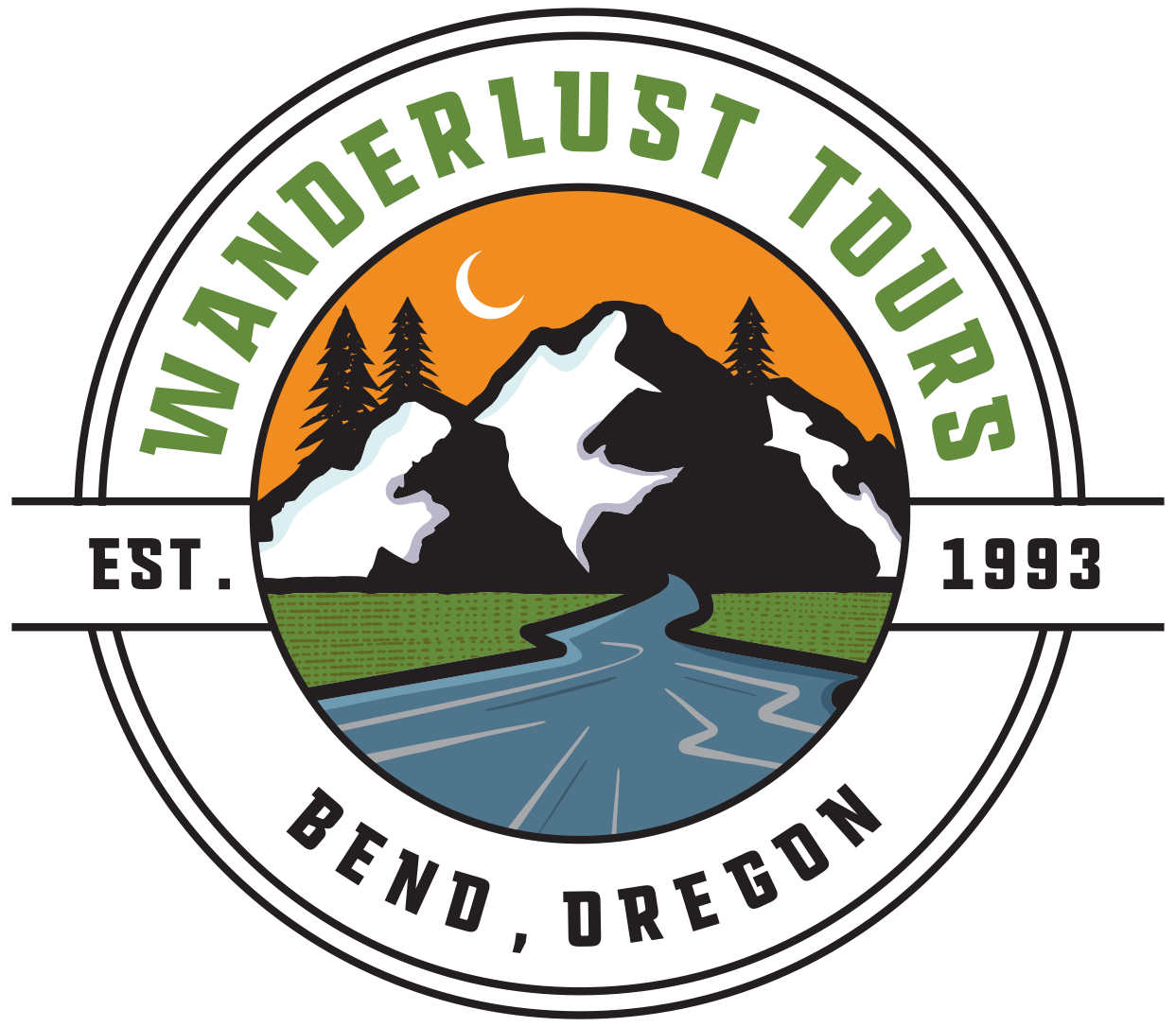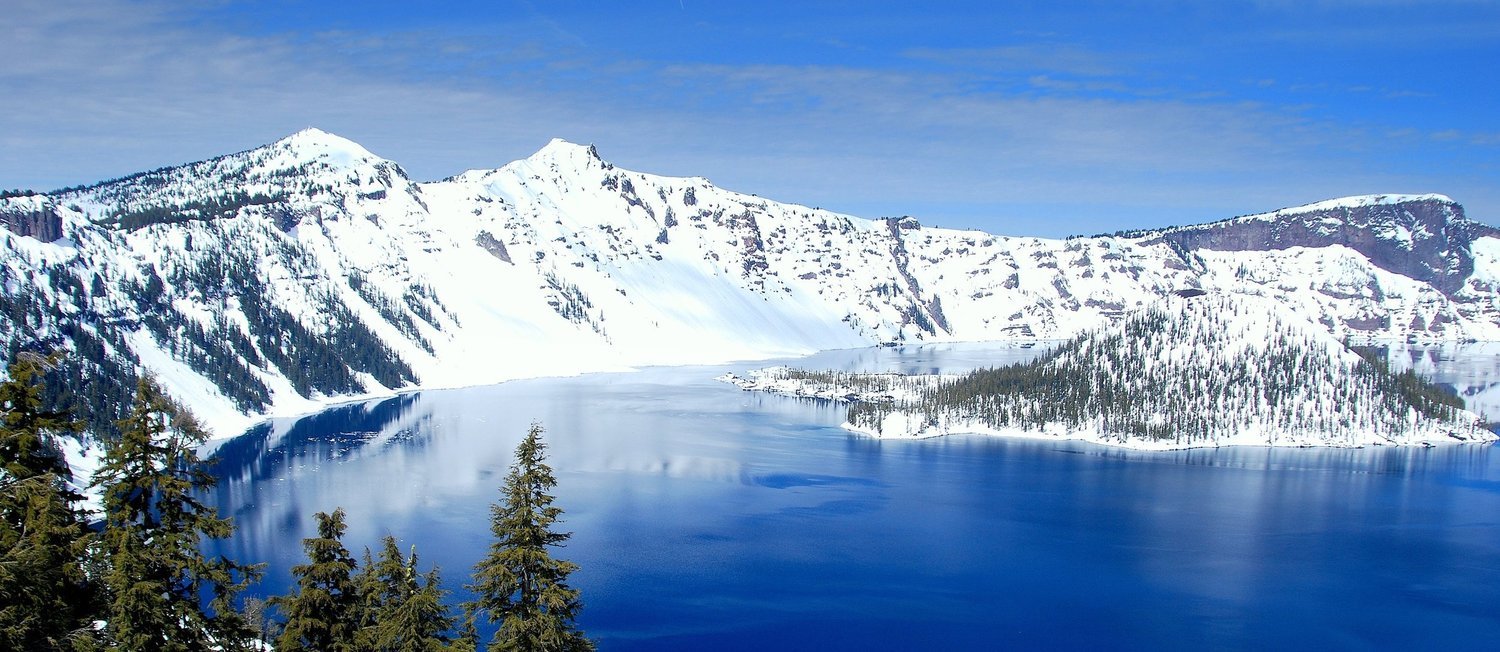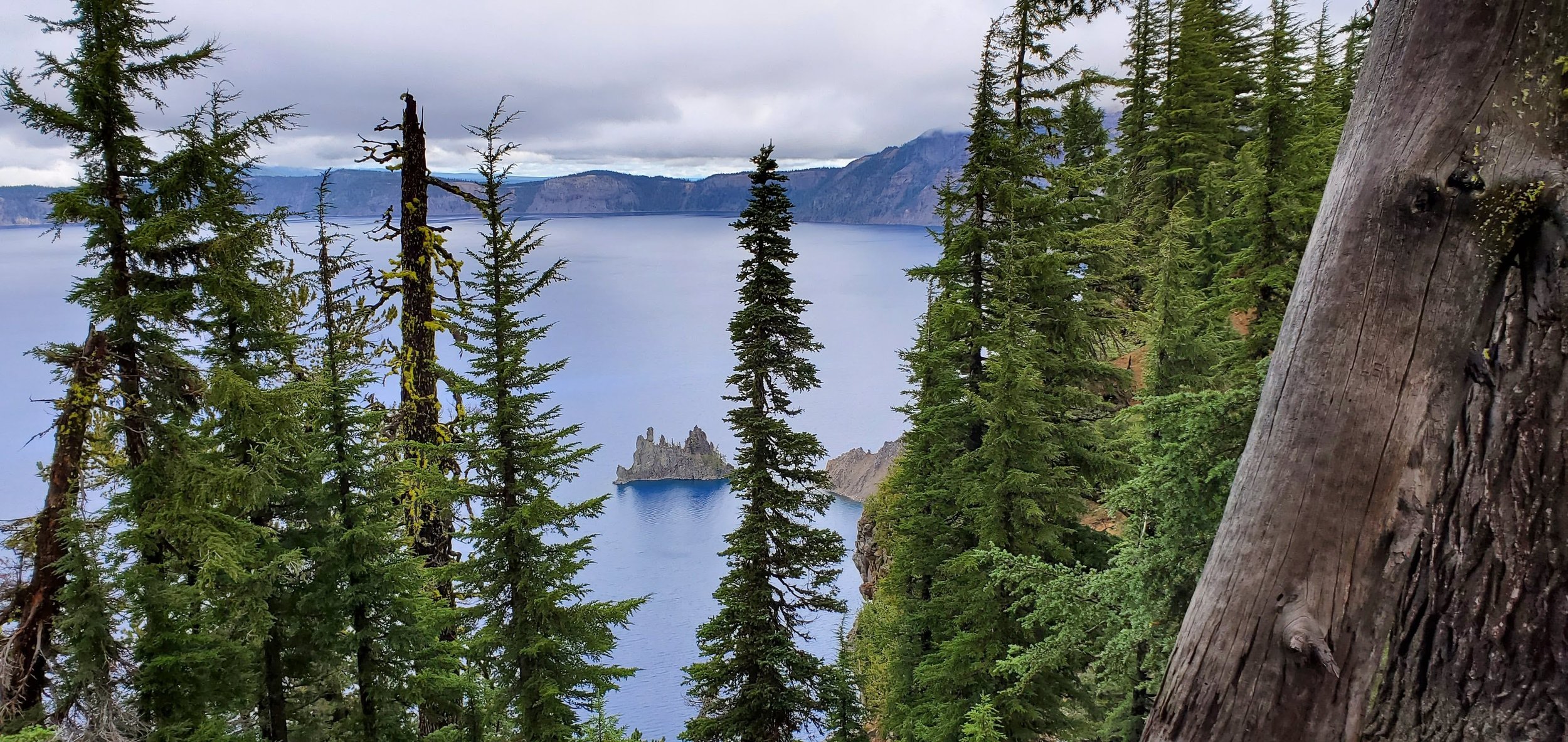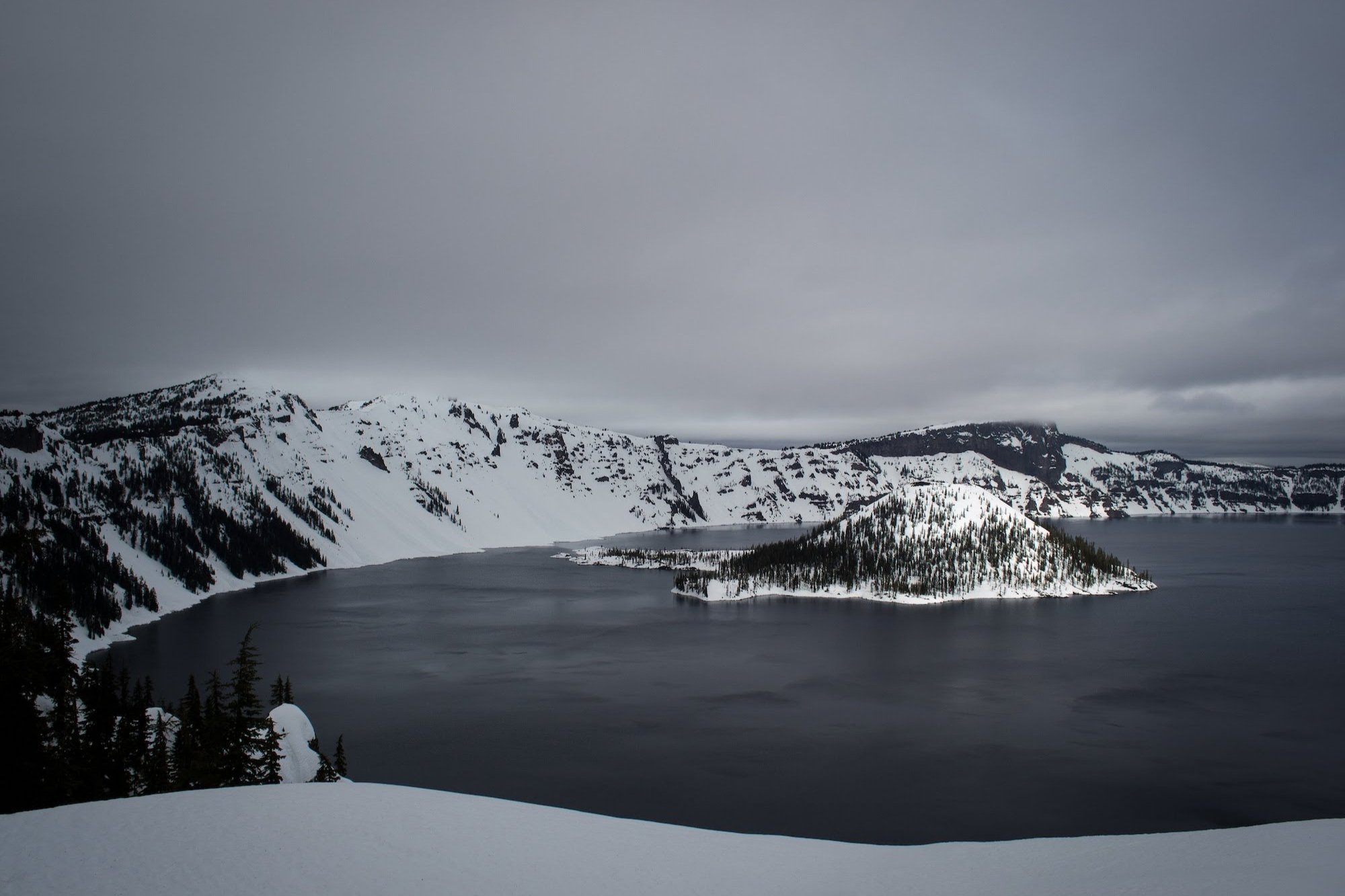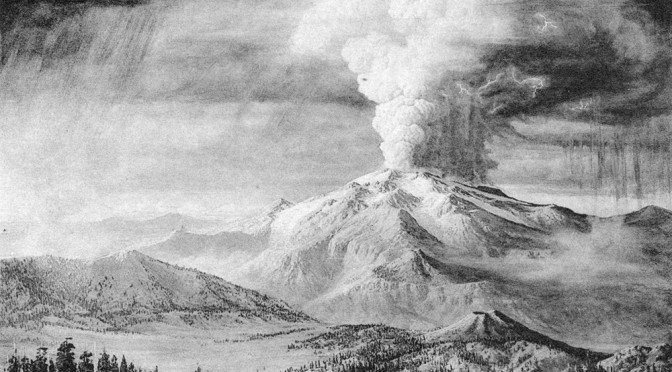Crater Lake National Park, located about 2 hours south of Bend, is a natural wonder and is Oregon’s only National Park. The lake itself is the deepest lake in the United States with a depth of 1,943 feet and is one of the most pristine and beautiful bodies of water in the world.
The history of Crater Lake National Park is closely tied to the geology of the region. The park is located on the site of an ancient volcano, Mount Mazama, which erupted around 7,700 years ago. The eruption was one of the largest in the last 10,000 years, and it created a massive caldera that eventually filled with water to form Crater Lake.
The geology of the region is simply fascinating, and scientists have studied the area for decades to learn more about the history of the volcano and the formation of the lake. They discovered that Mount Mazama was once over 12,000 feet tall, but after the eruption, the magma chamber was emptied and the volcano collapsed into itself. The eruption also released massive amounts of ash and pumice, signs of which can still be seen in the park today.
Artist rendition of Mt. Mazama prior to the eruption that formed Crater Lake - Courtesy of craterlakeinstitute.com
Native American connection to the Crater Lake area can be traced back before the cataclysmic eruption of Mount Mazama, with archeologists finding sandals and other artifacts buried under layers of ash and pumice from the eruption. The Native American Klamath Tribe have lived in the area for centuries, and they have their own unique history and connection to the area. They have long revered the lake as a sacred place and have many stories and legends about the lake and the volcano. They call the lake Giiwas, which means “deep blue water”. Accounts of the eruption can be found in stories told by the Klamath Indians, who are descendants of the Makalak people. The Makalak legend, as told in the film The Crater Lake Story is as follows: “The spirit of the mountain was called Chief of the Below World (Llao). The spirit of the sky was called Chief of the Above World (Skell). Sometimes Llao came up from his home inside the earth and stood on top of Mount Mazama, one of the highest mountains in the region. During one of these visits, he saw the Makalak chief’s beautiful daughter and fell in love with her. He promised her eternal life if she would return with him to his lodge below the mountain. When she refused, he became angry and declared that he would destroy her people with fire. In his rage, he rushed up through the opening of his mountain and stood on top of it and began to hurl fire down upon them. The mighty Skell took pity on the people and stood atop Mount Shasta to defend them. From their mountaintops, the two chiefs waged a furious battle. They hurled red hot rocks as large as hills. They made the earth tremble and caused great landslides of fire. The people fled in terror to the waters of Klamath Lake. Two holy men offered to sacrifice themselves by jumping into the pit of fire on top of Llao’s mountain. Skell was moved by their bravery and drove Llao back into Mount Mazama. When the sun rose next, the great mountain was gone. It had fallen in on Llao. All that remained was a large hole. Rain fell in torrents, filling the hole with water. This is now called Crater Lake” (nps.gov). For most Native American tribes in the area such as the Klamath and Umpqua, the lake was and still is a sacred place and because of the sacred nature of the area, Native Americans did not disclose the existence of the lake to early European settlers and explorers.
William Gladstone Steel (far right) stands with (l-r) Phil Metscham, Dr. John Wesley Hill, Sen. Charles Fulton, and Joaquin Miller, on the rim of Crater Lake in 1903. (Image: Oregon Historical Society)
Crater Lake National Park was first discovered by European Americans in 1853 by a gold prospector named John Wesley Hillman. He was searching for gold in the area when he stumbled upon the lake and was amazed by its beauty and the stunningly clear blue water. However beautiful, the lack of gold led to the lake being essentially forgotten. Over time, more explorers and settlers found the lake were marveled by its beauty. In 1870, William Gladstone Steel, a young man from Ohio read an article about the unusual lake and vowed to see the lake for himself. 15 years later, he finally made good on his vow and saw the lake. Steel was so awestruck that he began a 17 year quest to get the area established as a National Park and in 1902, the area was officially established by Theordore Roosevelt and has been protected and preserved ever since.
Wanderlust Tours offers year round custom and private Crater Lake tours. In the summer we explore on foot and in the winter we journey on snowshoe! We also offer two public Crater Lake tours per year - one in the summer and one in the winter. To learn more about our Crater Lake tours, click here.
